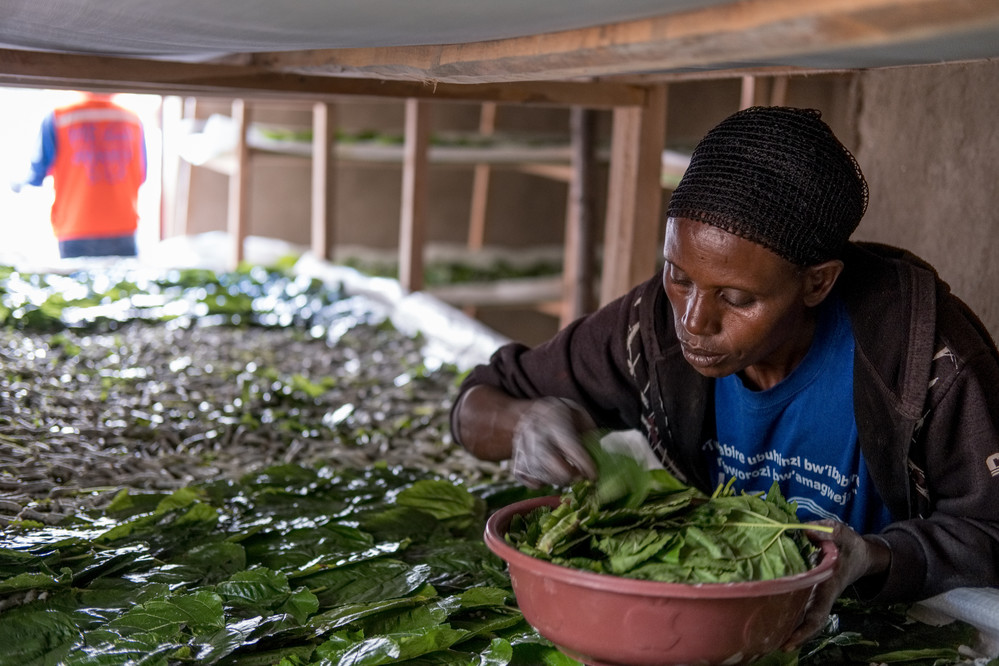PLEASE NOTE!
Now, this one is a top tip! Silk farming, is the rearing of silkworms for the production of silk, it is also called sericulture. This is as rare and as extreme as it may get for you, but it‘s happening in Africa right now and it is very profitable!
While small-scale efforts have been started in Nigeria‘s garment industry and by Rwandan women farmers who gave up their traditional crops, Kenya has recently discovered the potential to commercialize it and works in collaboration with Japan to make this happen.
Silk worm farming could be much more profitable than other agricultural commodities, so much so that Kenya‘s agriculture cabinet secretary Felix Koskei announced in the summer of 2014: ―Silk farming is the most promising enterprise with much potential in government’s long term development strategy of reducing poverty and ensuring food security.
The demand for silk is increasing while production in major producing countries like Japan, Brazil and India is declining, hence making it a valuable option in Africa. Having said that, silk production can also find market within Africa‘s apparel and fashion industry – especially Ethiopia is making big leaps towards the development of both. In short, if you produce silk, you will most certainly find a buyer and hardly any competition in local and regional markets.
It is difficult to find the eggs of the silk worms, but you can get started with 1,000 eggs or less and in the US that can cost you as little as $US10. So investment – as good as none. What you will need however is a ready supply of mulberry leaves. The best variety is the tree Morus alba, the white-fruited mulberry of China, but there are other species as well.
The good news is that this tree grows on almost any soil and most the mulberry tree can be grown in most parts of Africa – and it is fast growing. Just make sure you get permission from the Ministry of Agriculture or related authorities to grow the tree when you are the first to import it as an alien species.
Three-year-old trees are said to produce the best feed for silk production, and one healthy mulberry tree should yield from 20 to 30 pounds of leaves during the time your worms are in their growing stages. One tree can then feed about 100 worms for one month at a time – just to assist you a little with your maths.
Once the cocoons are developed you are ready to produce your raw silk. It‘s pretty simple. We think this is a well-kept African business secret. In ancient China, revealing such silkworm secrets would probably have resulted in a death penalty. You may be on to something big with African silk worm farming and you have excellent growth opportunities.
Nigeria, Kenya, and Ethiopia are planning to build apparel industry centers – these may be strong African market for you in future, so start selling and find partnerships there early on. South Africa, Northern Africa, and the UAE may have equal market potential for your fine silk. And then of course you can always go global, that the whole point with a powerful African business idea. But for now, let‘s start your business empire with a few worms and a tree.



